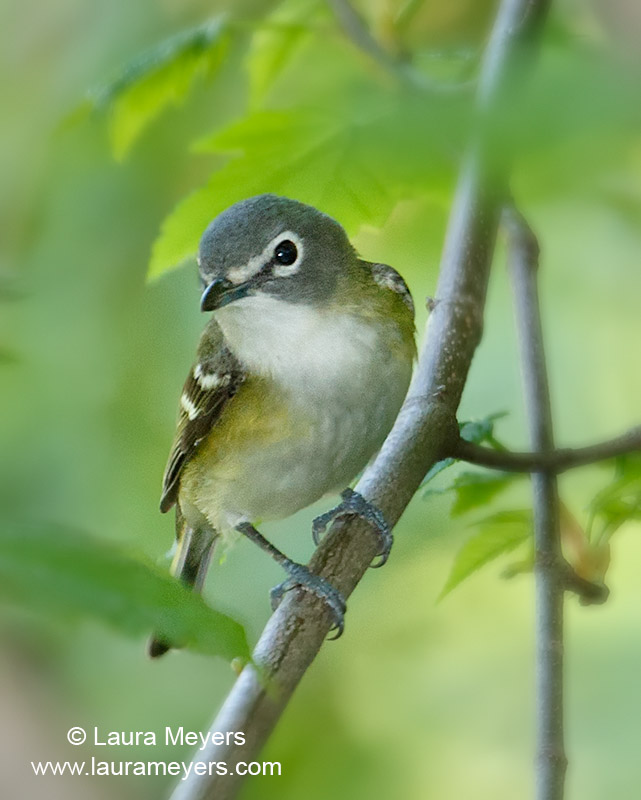Black-throated Blue Warbler Male
The Black-throated Blue Warbler is a bird of the deep forest. the Black-throated Blue Warbler breeds in the northeastern United States and southeastern Canada. On migration to its Caribbean wintering grounds it can be seen in a variety of habitats, including parks and gardens.
To hear the song of the Black-throated Blue Warbler click on the arrow below two times.














